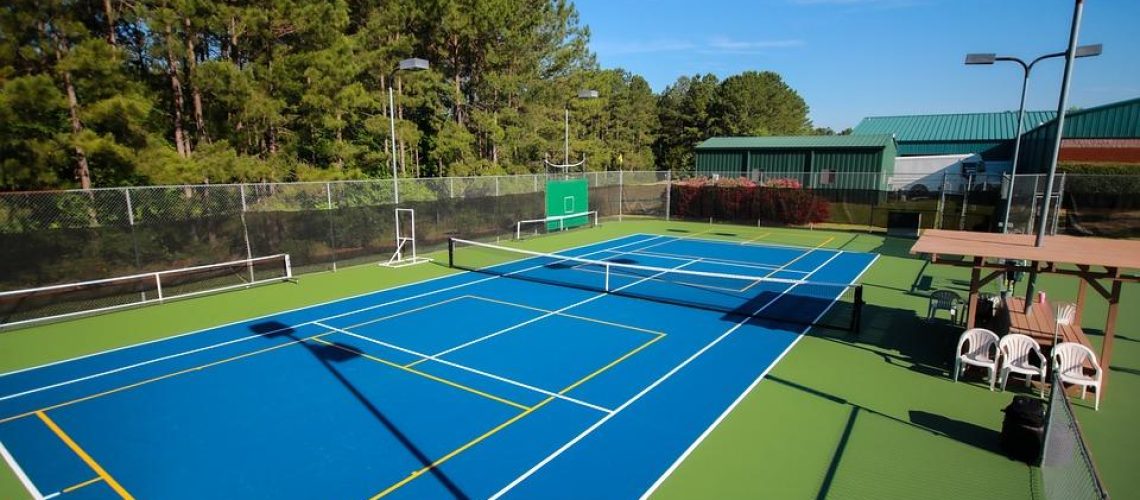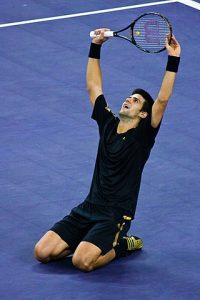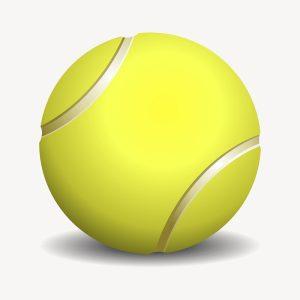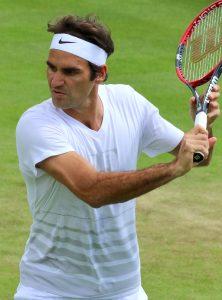We may earn money or products from the companies mentioned in this post.
Introduction

Tennis is a sport that requires not only skill and technique but also mental resilience and physical fitness While playing with a partner or in a team can be beneficial, there are significant advantages to practicing tennis alone This article explores the importance of solo practice in improving individual skills, building mental resilience and focus, and increasing the level of fitness
Improving Individual Skills
Practicing tennis alone allows players to focus on their individual skills without any distractions Whether it’s perfecting your serve, mastering different strokes, or working on footwork, solo practice provides the opportunity for concentrated improvement Without the pressure of competing against an opponent, players can experiment with different techniques and strategies, honing their strengths and addressing weaknesses
Building Mental Resilience and Focus
Tennis is as much a mental game as it is physical When practicing alone, players have to rely solely on themselves to stay motivated and focused This solitude builds mental resilience by challenging individuals to push through fatigue or frustration without external encouragement It develops their ability to concentrate under pressure and make split-second decisions during intense matches
Increasing the Level of Fitness
Solo tennis practice offers an excellent opportunity for players to improve their overall fitness levels The constant movement required in tennis helps build endurance while engaging various muscle groups throughout the body Additionally, practicing drills such as sprints or agility exercises during solo sessions can enhance speed and quickness on the court Regular solo practice not only improves technical skills but also contributes to overall physical well-being
Setting up your practice environment

When it comes to honing your tennis skills, having the right practice environment can make all the difference Finding a suitable location is the first step towards creating an ideal space for improving your game
Finding a suitable location
If you’re fortunate enough to have access to tennis courts or public parks with a wall to hit against, take advantage of these resources The walls provide an excellent surface for practicing your shots and working on consistency
If you don’t have access to these facilities, don’t worry! You can easily set up a makeshift court in your own backyard or driveway All you need is an improvised net and some markings on the ground to simulate the dimensions of a real court
Gathering necessary equipment
No practice session is complete without the right equipment Make sure you have rackets that are comfortable and suited to your playing style Having multiple rackets allows you to switch between them during drills and helps prevent fatigue
Alongside rackets, stock up on balls for hitting exercises and accuracy training Consider using targets like cones or markers to improve your aim and precision These simple tools can greatly enhance your practice sessions
Safety considerations while practicing alone
Safety should always be a priority when practicing alone One essential aspect is wearing proper footwear that provides support and grip on the court surface This helps prevent injuries such as sprained ankles or strained muscles
In addition, warming up before starting any rigorous activity is crucial for avoiding strains or pulls Incorporate dynamic stretches into your routine, focusing on areas like shoulders, wrists, hips, and legs to prepare your body for intense movements on the court
Drills and exercises to practice tennis alone
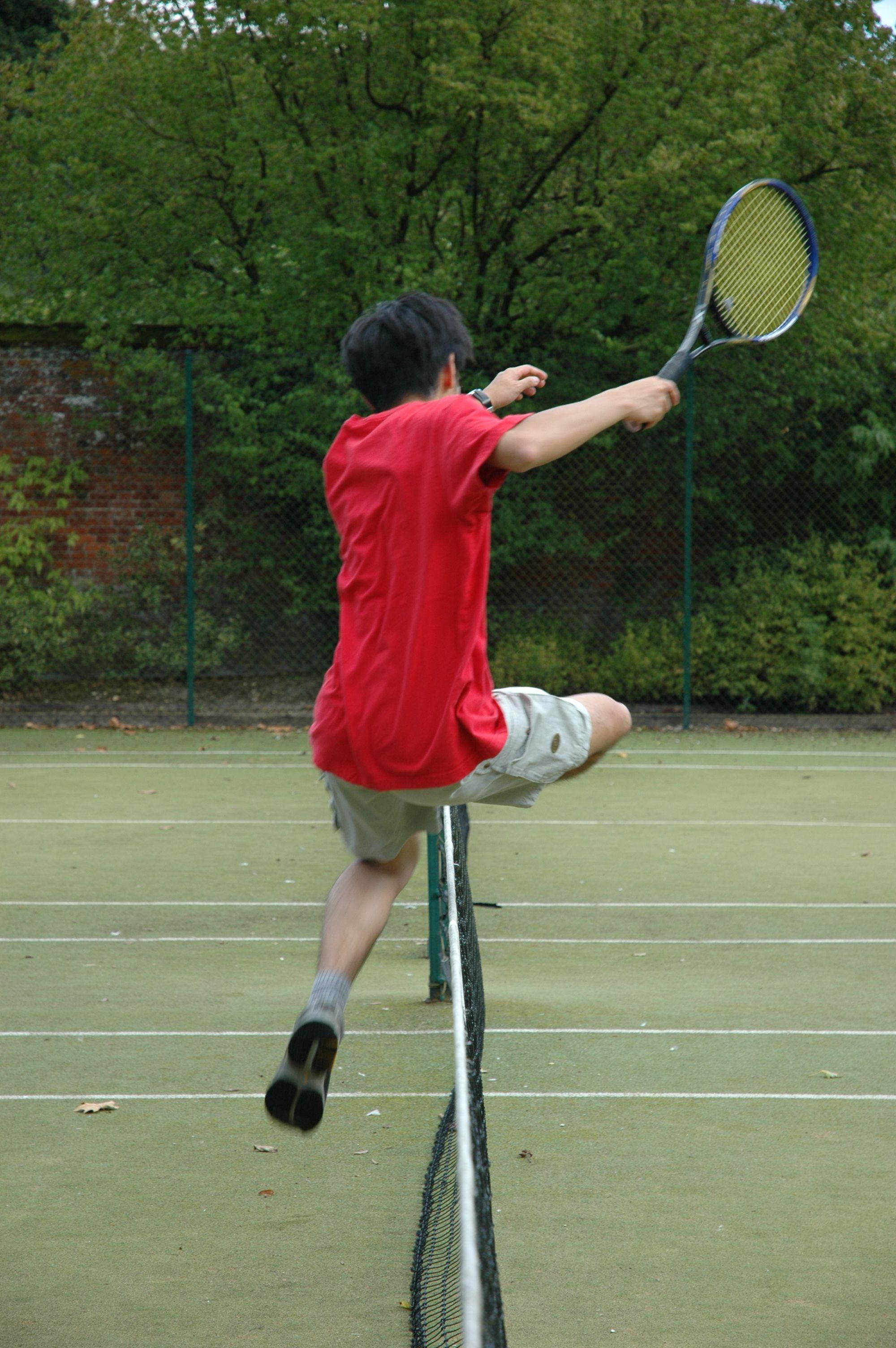
Groundstroke drills
One of the most effective ways to improve your groundstrokes when practicing alone is hitting against a wall or backboard This drill allows you to work on both your forehand and backhand consistency You can focus on maintaining a steady rhythm and developing your stroke mechanics without the pressure of playing against an opponent
To enhance your accuracy, try targeted shots during this drill Aim for specific spots on the wall or backboard, challenging yourself to hit the ball precisely where you intend This exercise will help sharpen your aim and improve your overall shot placement
If you don’t have access to a wall or backboard, another option is shadow swings without actually hitting the ball Visualize yourself making perfect strokes as you move through the motions of each groundstroke Although it may seem unconventional, this technique helps reinforce muscle memory and allows you to focus solely on your form
Serving practice
To refine your serving skills when practicing alone, incorporate tossing drills into your routine Work on improving your ball placement by tossing the ball consistently in the desired spot before attempting a serve This exercise helps develop better control over where you want the ball to land, ultimately leading to more accurate serves in matches
In addition to mastering ball placement, footwork exercises are crucial for proper body positioning during serves Practice stepping into different positions while tossing the ball, ensuring that each movement aligns with optimal serving technique By incorporating footwork drills into your solo practice sessions, you’ll strengthen your foundation for powerful and controlled serves
Volley drills
When it comes to volleying practice without a partner, drop volleys against a wall with varying heights can be highly beneficial Stand close to the wall and practice receiving the ball at different heights, simulating real-game situations This drill enhances your ability to adjust quickly and efficiently when dealing with different volley trajectories
To improve your reflexes during volleys, try quick reflex catches Toss a ball against the wall and react swiftly by catching it before it hits the ground This exercise hones your hand-eye coordination and trains your body to react instinctively to fast-paced shots
Footwork exercises
Footwork is crucial in tennis, so incorporating footwork drills into your solo practice sessions is essential for improvement Ladder drills are excellent for agility and coordination development Set up a ladder on the ground and perform various footwork exercises, such as lateral movements or quick stepping patterns These drills enhance your speed, balance, and overall footwork efficiency on the court
Another effective footwork exercise involves using cones to create running patterns on the court Place cones at specific points around the court and practice moving quickly between them in predetermined sequences This drill improves your court coverage abilities by enhancing your ability to move swiftly from one area of the court to another
Maintaining Motivation During Solo Practices

When it comes to solo practices in tennis, staying motivated can be a challenge Without the energy and camaraderie of a partner or team, it’s easy to lose focus and enthusiasm However, there are several strategies you can employ to keep your motivation levels high and make the most out of your solo sessions
Track progress through measurable goals
A great way to stay motivated during solo practices is by setting measurable goals By establishing personal bests in various aspects of the game, such as serve speed or backhand slice, you create targets that you can strive to surpass Keep a record of your improvements over time to see how far you’ve come, giving yourself a tangible reminder of your progress
Incorporate fun variations into your routine
Solo practices don’t have to be monotonous! To stay engaged and motivated, incorporate fun variations into your routine Try timed challenges that focus on improving your speed and agility Set up creative target scenarios that test different skills and add an element of excitement to your practice sessions By making things more enjoyable, you’ll find it easier to maintain motivation
Seek out additional resources and support networks
Don’t underestimate the power of seeking out additional resources and support networks during solo practices Online tennis communities provide valuable tips, advice, and inspiration from fellow players who share similar interests Joining local clubs or groups when opportunities arise allows you to connect with like-minded individuals who can offer encouragement and motivation on your tennis journey
Useful Links
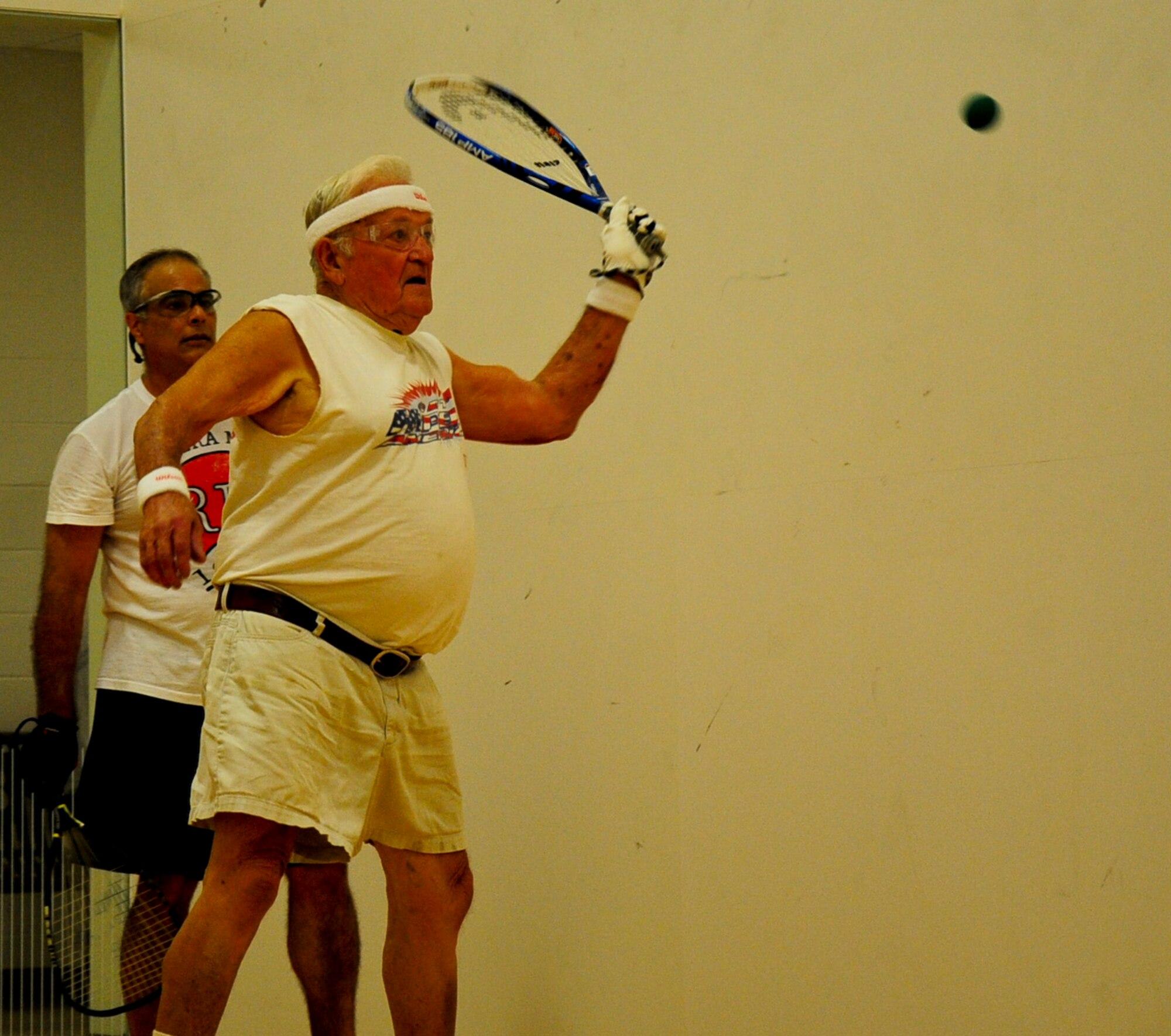
How To Practice Tennis Alone
How to Practice Tennis Indoors or at Home Without a …
How To Practice Tennis By Yourself – 5 Different Ways
10 Fun Tennis Drills You Can Practice Without A Court
How To Practice Tennis Alone: Solo Tennis Tips & Tricks
How to practice tennis alone?
How to Play Tennis Alone – Maximize Your Practice
Guide to Tennis Drills: 6 Types of Practice Exercises – 2023
How can I practice Tennis at home – Singapore
Do You Need Another Person to Learn Tennis?
Need help: Solo practice drills, exercises, etc. : r/tennis
Tennis Wall Training – Improve Your Tennis Using A Wall
Tennis Wall Lessons
9 Best Tennis Drills You Can Do Alone (On & Off The Court)
How can I practice tennis by myself?
practice tennis alone
8 Effective Ways to Practise Table Tennis Alone
Silfrae Solo Tennis Trainer Tennis Rebounder Self Practice …
10 Ways to Practise Tennis at Home • TennisAvid

